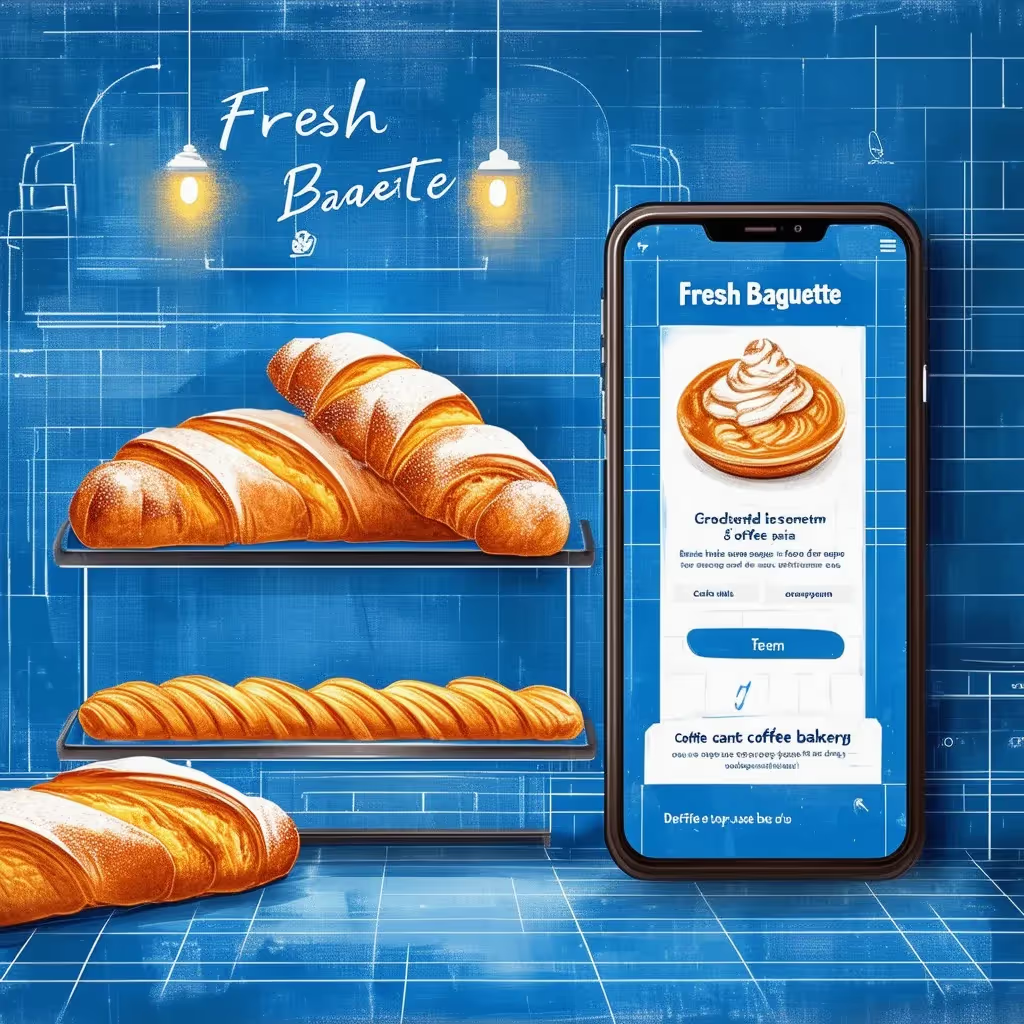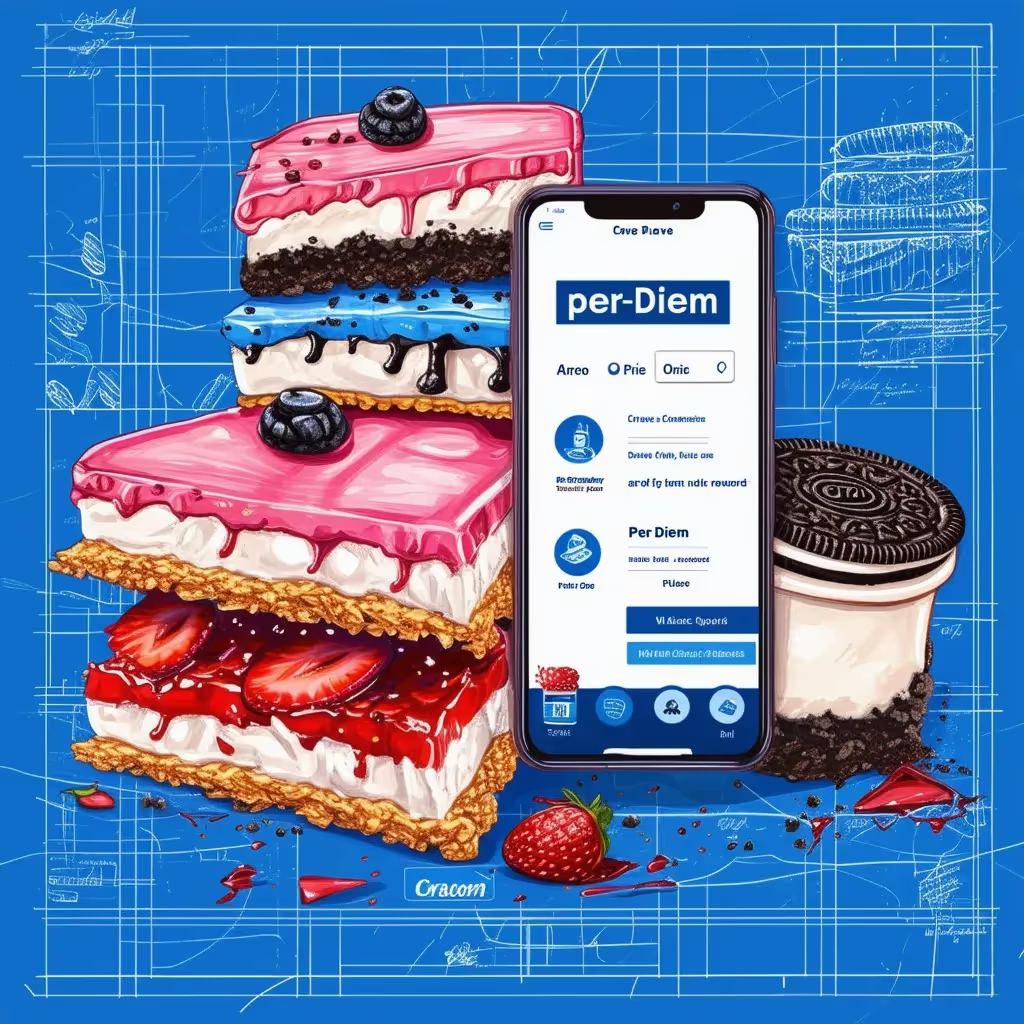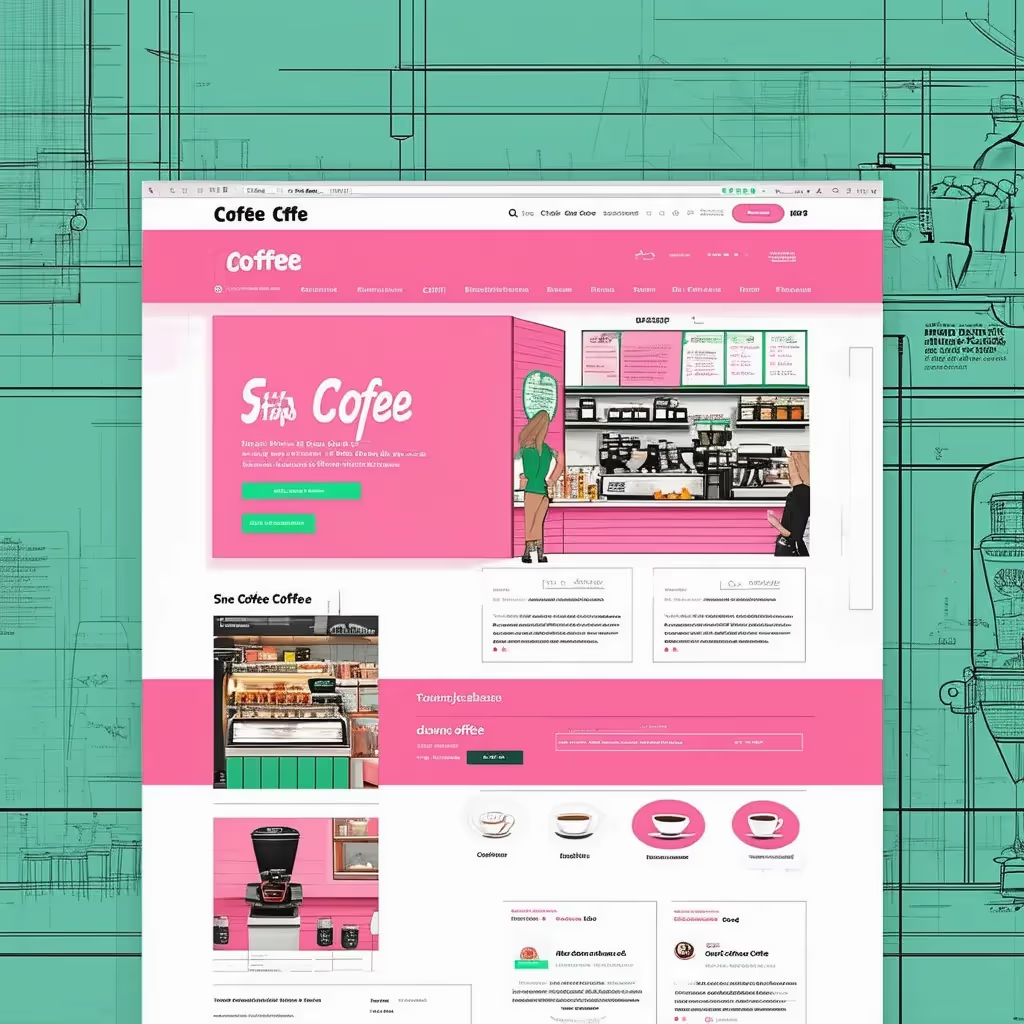TLDR
Dealing with difficult clients is a reality for every service-based business, including hair salons. Whether it’s a client upset about a haircut, someone late for their appointment, or a harsh critic unwilling to communicate politely, such situations can be stressful for both salon staff and owners. However, with the right approach, you can transform even the most demanding customers into loyal patrons who keep coming back. Here’s a detailed discussion of eight strategies to handle such clients effectively while maintaining your salon’s reputation and staff morale.
1. Listen Actively and Show Empathy
Dealing with difficult salon clients requires finesse and patience. The cornerstone of effective client communication for hair stylists lies in active listening and empathy. When faced with a challenging customer, resist the urge to become defensive. Instead, focus on truly hearing their concerns.
Practice Active Listening
- Maintain eye contact
- Nod and use verbal cues to show you're engaged
- Avoid interrupting
Paraphrase their concerns to ensure you've understood them correctly. This technique not only helps in handling difficult clients in salons but also demonstrates your commitment to their satisfaction.
Demonstrate Empathy
Show that you genuinely care about their experience. Use phrases like, "I understand how frustrating that must be" or "I can see why you're upset." This approach is crucial for maintaining professionalism with challenging clients and can often defuse tense situations.
By mastering these salon customer service tips, you'll be better equipped to turn potentially negative experiences into opportunities for building lasting client relationships.
2. Set Clear Expectations from the Start
Dealing with difficult salon clients often stems from miscommunication. To prevent this, it's crucial to set clear expectations from the outset. Start by providing detailed explanations of your services, ensuring clients understand exactly what they're getting. This approach is key to handling difficult clients in salons effectively.
Transparent Pricing and Timelines
Always offer price estimates before beginning any work. Be upfront about potential additional costs, especially for complex procedures like color corrections. Communicate how long each service will take, helping clients plan their day accordingly.
Managing Realistic Outcomes
Be honest about what is and isn't possible to achieve. If a client's desired look isn't feasible due to their hair type or condition, explain why and suggest alternatives. This transparency in salon customer service tips can prevent disappointment and build trust.
By setting clear expectations, you significantly reduce the likelihood of dissatisfaction and create a foundation for positive client communication for hair stylists. Remember, a well-informed client is often a happy client.
3. Remain Professional at All Times
Even if a client is rude or unkind, maintain professionalism. Avoid taking their comments personally and focus on finding a solution. Here are some strategies for handling such clients professionally:
Practice Emotional Intelligence
Recognize your own emotions and those of your clients. Take a deep breath before responding to heated situations. Remember, an upset client is often reacting to their perception of the situation, not you personally.
Use Positive Language
Positively frame your responses. Instead of saying "We can't do that," try "Here's what we can do to address your concerns." This approach shows you're focused on solutions, not limitations.
Seek to Understand
Active listening is key in salon customer service tips. Ask open-ended questions to fully grasp the client's concerns. Paraphrase their issues back to them to ensure you've understood them correctly. This demonstrates your commitment to resolving their problem.
By mastering these techniques, you'll excel at client communication for hair stylists and maintain professionalism with challenging clients, turning potential conflicts into opportunities for customer loyalty.
4. Have a Clear Policy for Late or No-Show Clients
Dealing with difficult salon clients often starts before they even sit in your chair. Establishing and communicating a clear policy for late arrivals and no-shows is crucial for handling difficult clients in salons and maintaining your business's efficiency.
Set Fair Guidelines
Create a policy that's reasonable yet firm:
- Allow a short grace period (10-15 minutes)
- Implement a cancellation fee for no-shows or last-minute cancellations
- Offer one-time forgiveness for first offenses
Communicate Clearly
Inform clients about your policy:
- Include it in booking confirmations
- Display it prominently in your salon and on your website
- Send automated reminders to clients when booking appointments
By setting clear expectations, you're not only protecting your salon's productivity but also improving client communication for hair stylists. This proactive approach is a key salon customer service tip that helps maintain professionalism with challenging clients and ensures a smoother operation for everyone involved.
5. Train Your Staff to Handle Complaints Gracefully
Empower your staff with comprehensive training in customer service skills, focusing on conflict resolution and de-escalation techniques. This approach is crucial for handling difficult clients effectively.
Role-Playing Scenarios
Incorporate role-playing exercises that simulate common challenging situations. This hands-on practice helps stylists feel more confident when faced with real-life difficult encounters. Encourage team members to share their experiences and strategies, fostering a collaborative learning environment.
Communication Techniques
Teach active listening and empathetic response methods. Train your team to identify underlying issues behind complaints and address them professionally. Emphasize the importance of maintaining composure and using positive language, even in tense situations.
Continuous Improvement
Regularly review and update your salon customer service tips based on real experiences. Conduct periodic refresher courses to reinforce best practices in client communication for hair stylists. By investing in your team's skills, you'll create a more positive salon environment and improve customer satisfaction.
6. Streamlining Operations to Reduce Stressful Salon Situations
Disorganization can be a major contributor to client frustration and stylist stress in salons. By streamlining your operations, you can significantly reduce stressful situations and improve overall customer satisfaction. This is where salon management apps like Per Diem can make a world of difference.
Automated Appointment Management
Per Diem helps salons stay on top of bookings by sending automated reminders to clients about upcoming appointments. This simple feature can drastically reduce no-shows and last-minute cancellations, two common sources of stress in salon operations.
Simplified Scheduling
The app allows for easy rescheduling or cancellations, minimizing last-minute confusion. This flexibility can be a lifesaver when dealing with difficult salon clients who may have unpredictable schedules.
Improved Customer Service
By streamlining these operational aspects, you free up more time and mental energy for handling difficult clients in salons. With fewer logistical issues to contend with, you can focus on delivering exceptional experiences and maintaining professionalism with challenging clients.
7. Know When to Let Go of Toxic Clients
While it’s important to prioritize customer satisfaction, not all clients are worth keeping. If someone is repeatedly abusive or unreasonable, it may be best to part ways.
Identifying Toxic Behavior
Recognizing toxic behavior is crucial for maintaining a healthy salon environment. Warning signs may include excessive demands, verbal abuse, disrespect towards staff, or consistent no-shows/late cancellations. Establish clear boundaries and communicate them to clients.
Graceful Exit Strategies
If a client's behavior remains unacceptable despite your best efforts, it may be necessary to part ways. Do so professionally and without burning bridges. Provide a clear explanation, and if appropriate, offer referrals to other salons that may better suit their needs. Prioritize the well-being of your staff and loyal clients.
8. Seeking Feedback and Learning from It
Embrace Constructive Criticism
Handling harsh reviews in salons can be challenging, but it's also an opportunity for growth. Not all feedback will be delivered kindly, but it can provide valuable insights. When dealing with challenging clients, listen attentively to their concerns, even if they're expressed harshly. This approach is crucial for improving salon customer service tips and client communication for hair stylists.
Implement Feedback Strategically
After receiving feedback, analyze it objectively. Look for patterns in complaints to identify areas for improvement. Perhaps clients consistently mention long wait times or miscommunication about services. Use this information to refine your processes and enhance the customer experience.
Follow Up and Show Improvement
Demonstrate to clients that their input matters by implementing changes based on their feedback. This proactive approach can transform a negative experience into a positive one, often turning difficult clients into loyal customers. By consistently applying these strategies, you'll learn how to maintain professionalism with challenging clients while continuously improving your salon's services.
Final Thoughts
Managing difficult clients is part of running a successful hair salon, but it doesn’t have to be a source of constant stress. By staying professional, empathetic, and proactive, you can navigate challenging situations effectively. And with tools like Per Diem, you can streamline your operations, making it easier to focus on what you do best: providing exceptional service to all your clients.
Ready to simplify your salon’s operations? Start your free trial to discover how Per Diem can help you manage appointments, reduce no-shows, and keep clients happy.

.avif)




.avif)



.avif)
.avif)
















.avif)








.avif)










